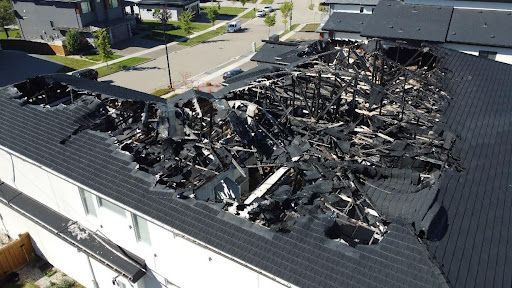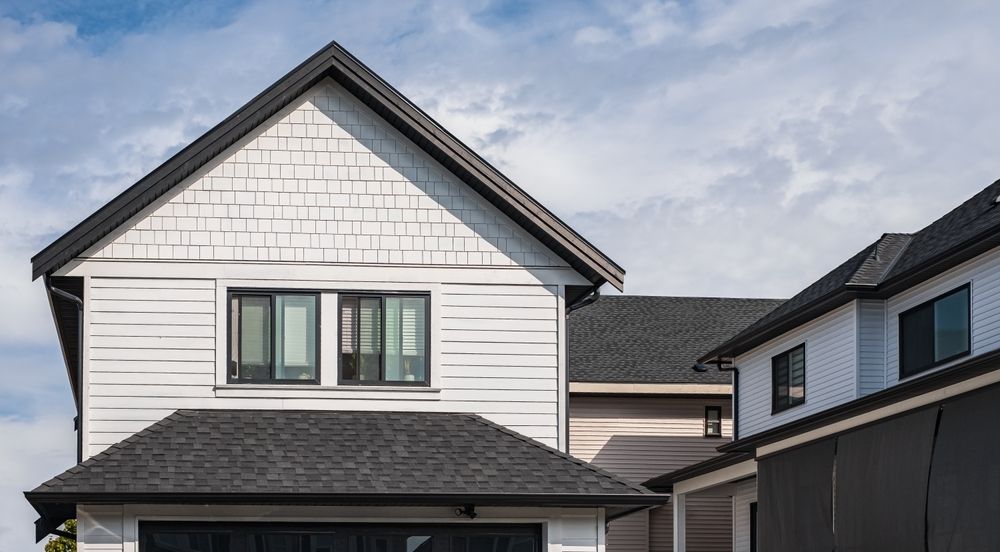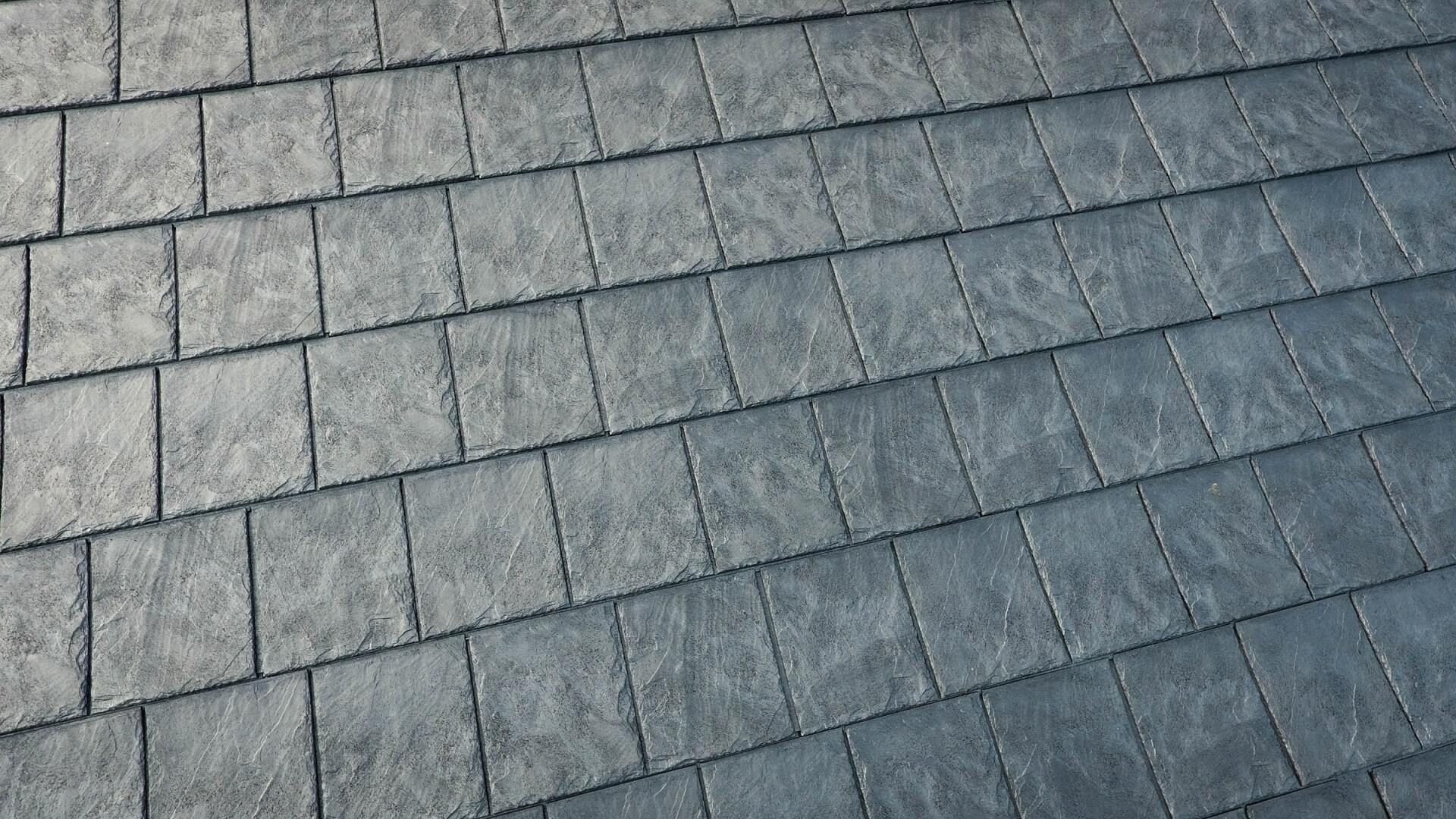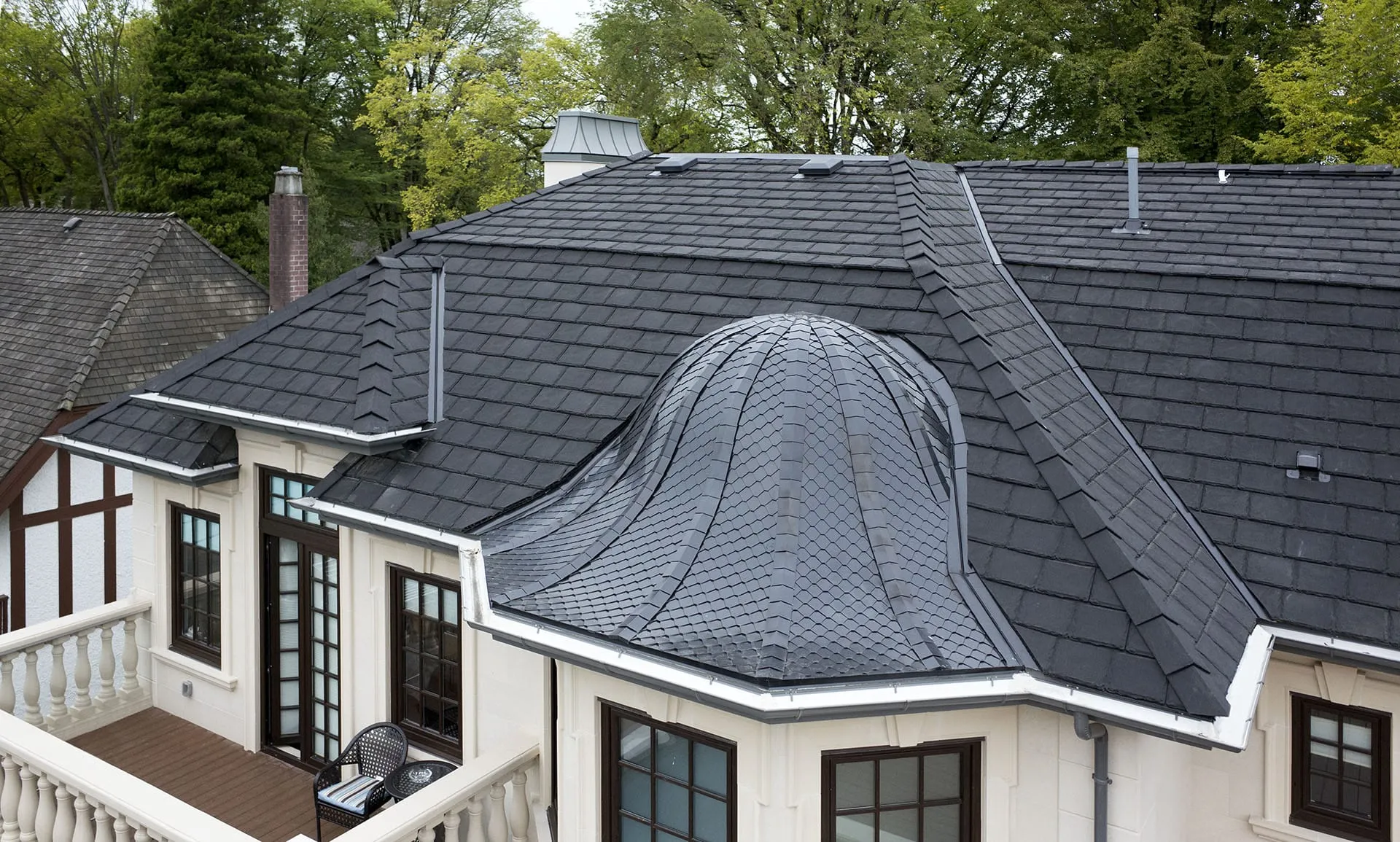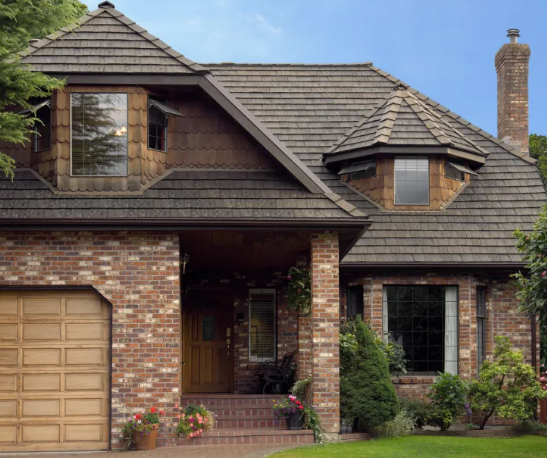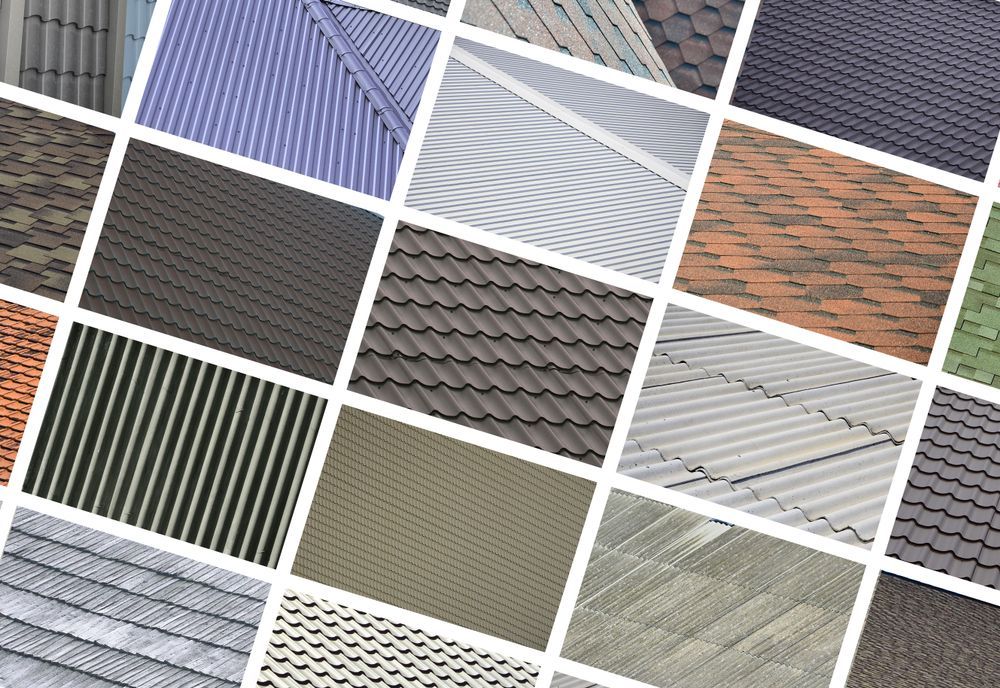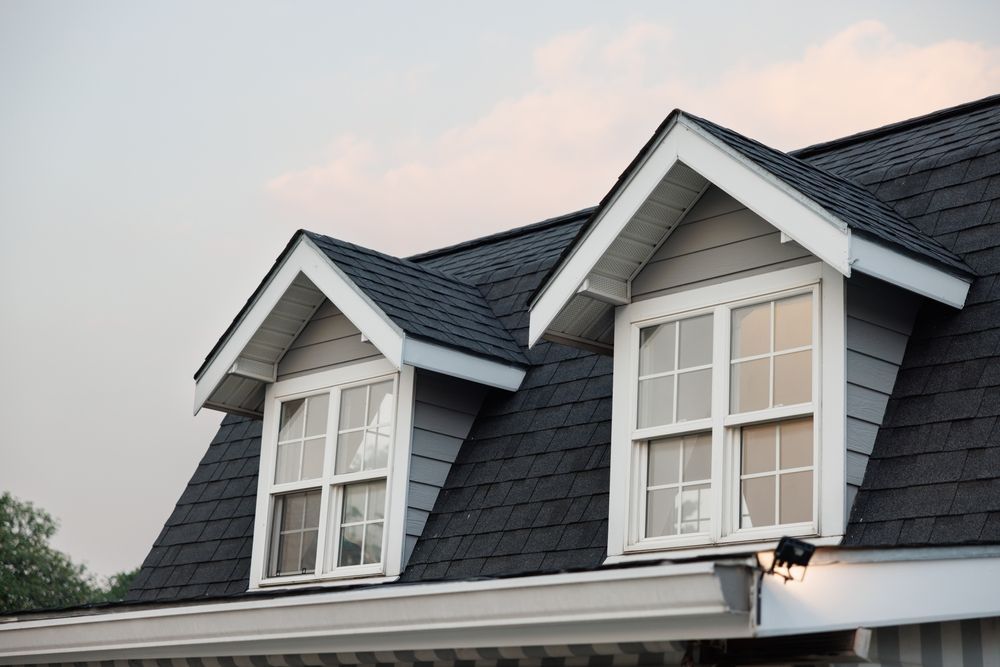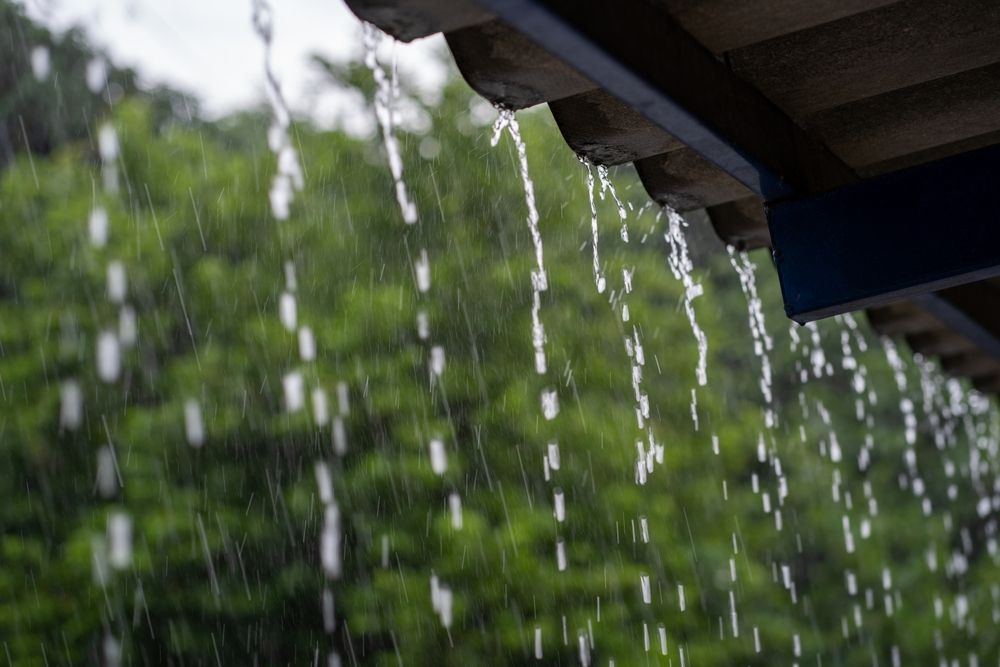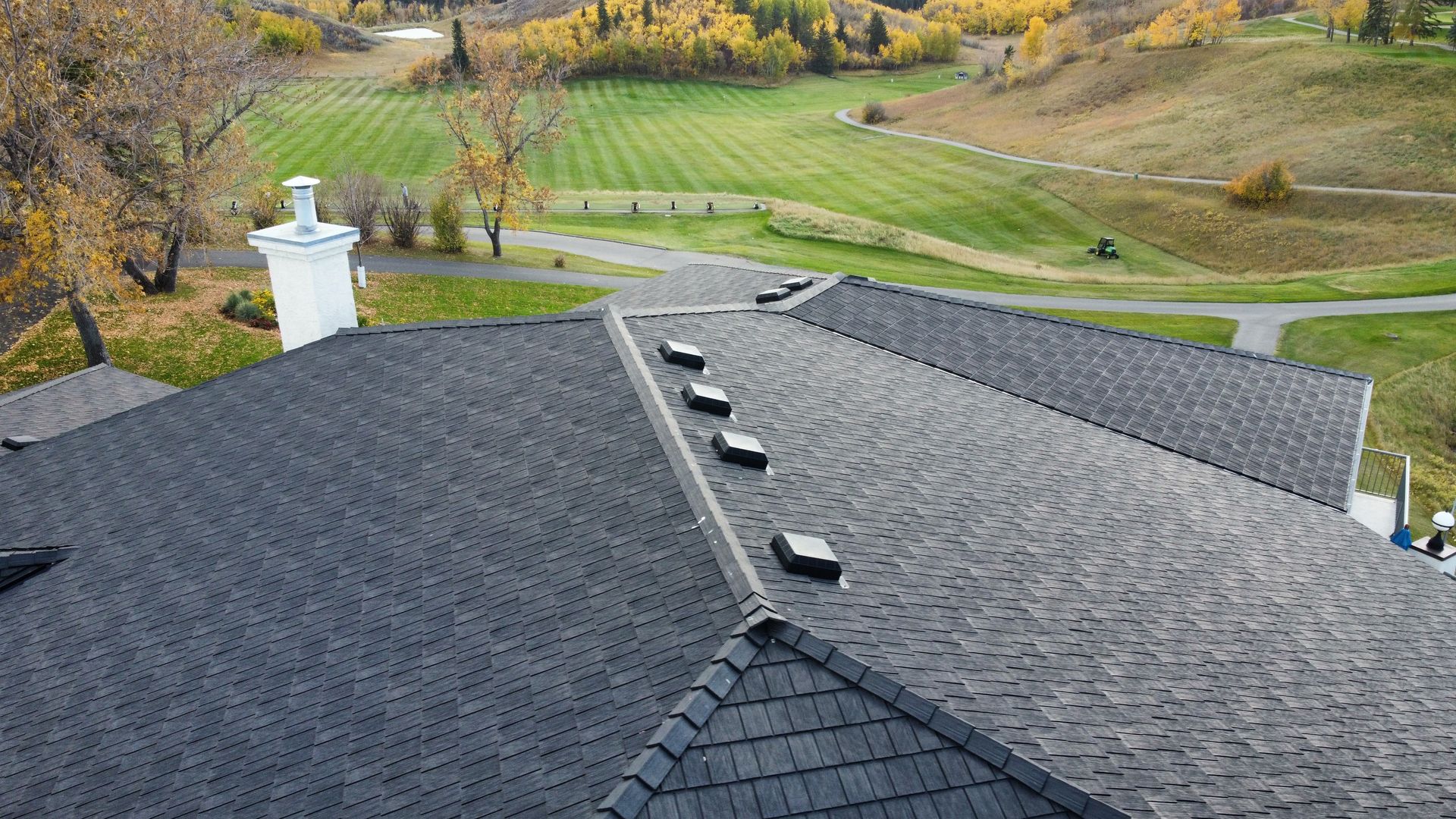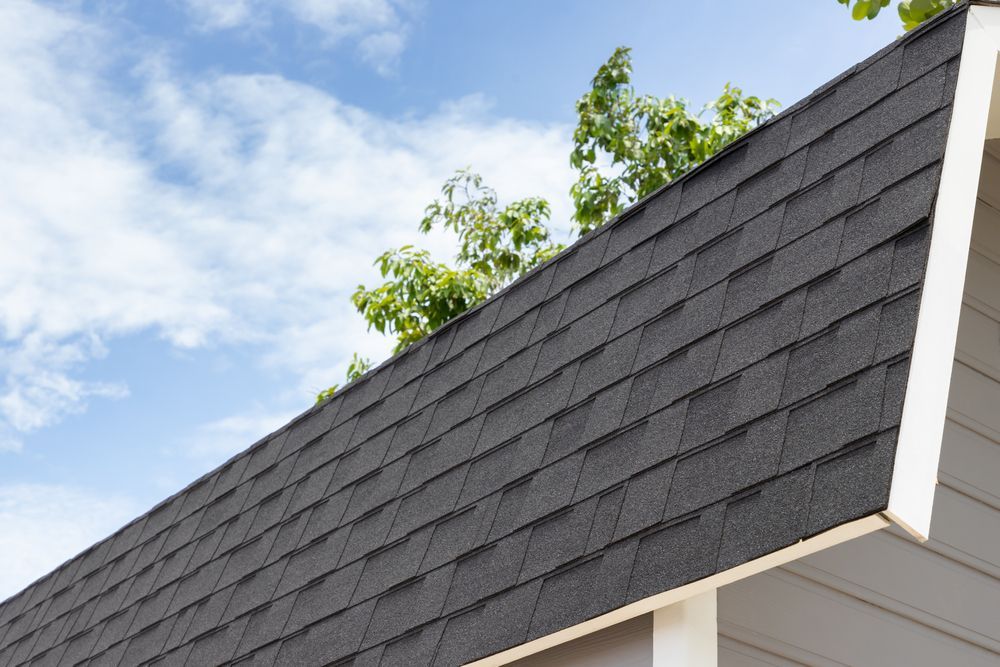Protecting Your Roof From Tree Branches and Storm Debris
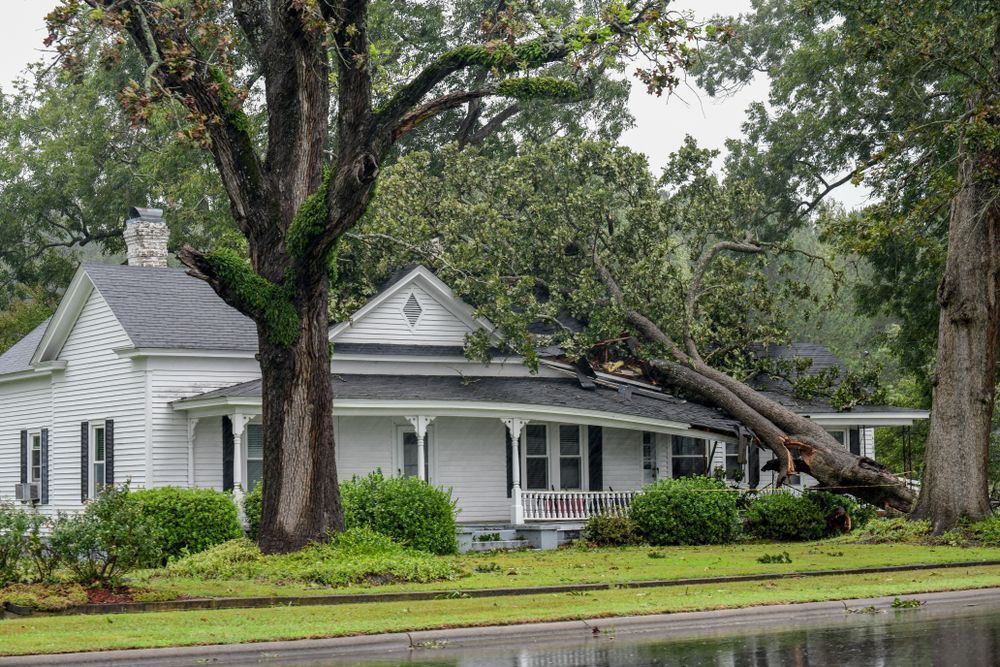
Fall may bring cooler temperatures and all things pumpkin spice, but it also ushers in dangerous weather. As warm, humid, cold and dry air clash, powerful storms develop across North America, putting homeowners on notice. The Gulf Coast and Southeastern seaboards also face tropical storms and hurricanes with winds gusting at 100 mph or more.
Trees and other debris can quickly become fast-moving projectiles that aim straight for your home and roof. We explore how tree branches and blowing debris affect each type of roofing material and the steps you can take to protect your roof.
Understanding the Impact of Wind, Debris, and Tree Branches on Roof Shingles
Wind does not uniformly affect your roofing material, regardless of speed. Why? Wind pushes against the sides of your home, creating areas of intense pressure and suction, which can lift roofing materials. Just one loose shingle edge can allow wind to seep beneath and lift an entire section of the roof.
Wind can also pick up tree branches, rocks, and even broken shingles and cause seemingly harmless branches and errant debris to strike the roof with profound force. Here are some ways storm debris and tree branches can damage your roof.
- Scratching and scraping - Small debris and branches can rub against roofing materials, damaging the granules on asphalt shingles and scratching the coatings from metal roofing systems.
- Impact damage - Small and large tree branches can fall on roofs, causing materials to crack, bend, or fail entirely.
- Wear and tear - Untrimmed tree branches can come into contact with roofs throughout the year, wearing down the protective layers of shingles and other roofing materials.
- Debris accumulation
-
Leaves, twigs, and other debris can accumulate on roofs, weighing down the material and, if not cleaned regularly, causing mold and mildew, depending on the roofing material.
How Top Roofing Materials Stand Up To Storm Debris
Whether through the sheer force of wind, brutal strikes by tree branches, or the consistent pelting of debris, roofs must withstand significant stress, especially during storm season. The resilience of your roof depends heavily on its material and installation. Let's examine how different roof types stand up to storm debris.
Asphalt Shingles vs. Storm Debris
Popular and economical, asphalt shingles are highly susceptible to wind uplift, granular loss, cracking, breaking, and denting from debris and tree branches. Architectural shingles offer the most protection but can still suffer damage in heavy windstorms.
Metal Roofs vs. Storm Debris
Robust and durable, metal roofs can withstand hail well. But debris and tree strikes can still dent or puncture them. The seams are especially susceptible to winds, which can rip off sections of metal roofs.
Tile & Clay Roofs vs. Storm Debris
Clay and concrete tile is hard and heavy. When compared with metal, tile held up better against hail in a study performed by James Cook University. While tile roofs can withstand high wind, tree branches and other debris can crack or shatter tile.
Wood Shake Roofs vs. Storm Debris
Often chosen for their unique and traditional aesthetics, wood shakes are highly vulnerable. Wood shake roofs can suffer from split, cracked, or missing shingles after a heavy storm, especially with falling branches or debris.
Rubber Shingles vs. Storm Debris
Rubber shingles are highly durable and hold up under wind, tree branches, and other storm debris. They are less likely to chip or break like tile roofing and can withstand hail and flying debris better than metal roofing.
Rubber roofing material from Euroshield Roofing is specially designed with superior weather-resistant qualities. All
Euroshield Roofing products come with a
Class 4 Impact rating, easily fending off impacts from tree branches, debris, and hail. Our patented interlocking system easily resists wind uplift, and we offer a
hail-proof shingle option.
Prevent Tree and Storm Damage To Roofs
High wind storms can wreak havoc on homes and properties. Understanding your roof’s potential weaknesses can help you be storm-ready. Year-round maintenance and professional roof inspections are two of the best ways to prevent storm damage to your roof. Other steps you can take to reduce tree and storm debris damage include:
- Trimming trees
- Keeping track of tree health
- Removing debris promptly
- Cutting down unstable trees
Reinforce Your Roof With Eco-Friendly Euroshield Roofing
Euroshield Roofing products have been
wind tested in a third-party, independent lab and earned their reputation for strength, durability, and storm resistance. Our wind-resistant and hail-proof roofing systems are made from
95% recycled material and come with an industry-best 50-year warranty!
Contact our team for more information or search for a
Euroshield-certified installer in your area.
